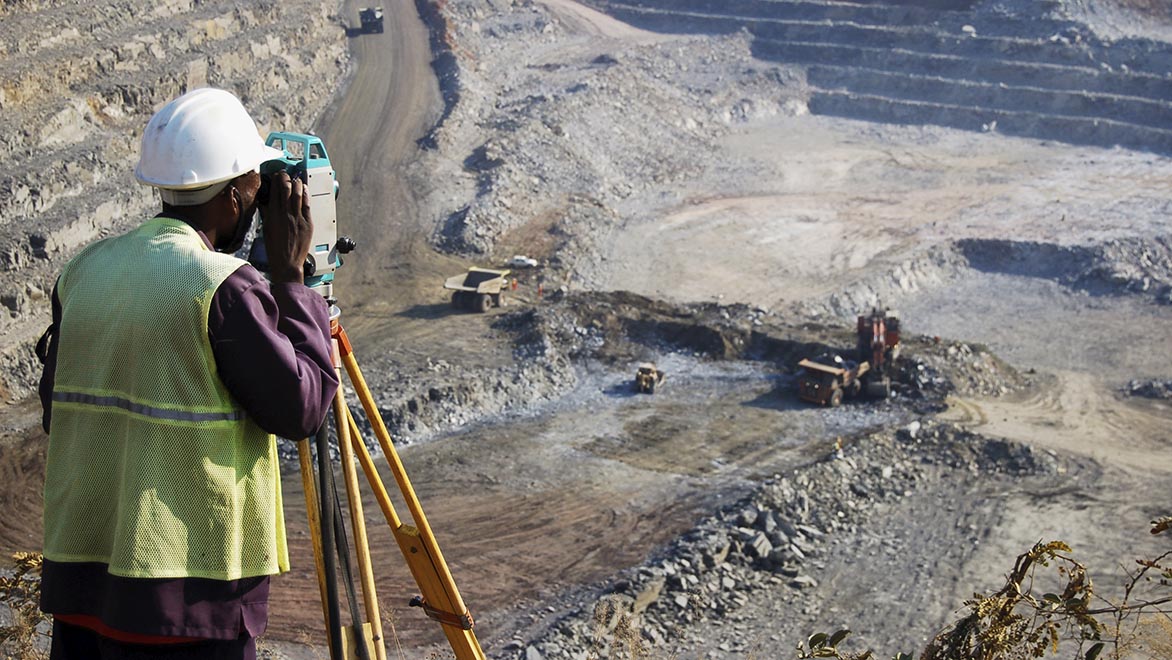Not known Details About Geotechnical Engineering For Construction Projects
Not known Details About Geotechnical Engineering For Construction Projects
Blog Article
How Geotechnical Engineering For Construction Projects can Save You Time, Stress, and Money.
Table of ContentsGetting My Geotechnical Engineering For Construction Projects To Work3 Simple Techniques For Geotechnical Engineering For Construction ProjectsGeotechnical Engineering For Construction Projects Fundamentals ExplainedThe Ultimate Guide To Geotechnical Engineering For Construction ProjectsAll About Geotechnical Engineering For Construction ProjectsHow Geotechnical Engineering For Construction Projects can Save You Time, Stress, and Money.An Unbiased View of Geotechnical Engineering For Construction ProjectsNot known Facts About Geotechnical Engineering For Construction Projects
Corresponding with this enhanced intricacy comes geological and ecological variables that affect the layout of the structure, which is arguably the most integral part of any type of advancement. People need to trust that buildings, bridges, and streets will certainly stand the test of time. A Geotechnical engineer suggests on how a structure can best be supported giving its special situations What's hidden listed below the surface area of the ground is most likely the most essential piece of information that a Geotechnical Engineer seeks.These samples are after that evaluated by the lab to identify dirt composition (Geotechnical Engineering for Construction Projects). The failure of sand, silt, clay, and various other products present in the soil, aids the designer establish what distinct attributes the website has and what the implications of those might be. Certainly dirt composition is just one test that can be performed on examples
The smart Trick of Geotechnical Engineering For Construction Projects That Nobody is Talking About
Based upon these tests, there may be much more soil borings that are drilled, or the engineer might have sufficient information from the preliminary tests to make a suggestion to the client on exactly how ideal to proceed with their project. Outcomes are generally reported with borings logs which reveal the soil make-up and attributes at a variety of midsts.
Geotechnical engineers are accountable for understanding the properties of natural deposits and utilizing this understanding to create secure, cost-efficient styles for building and construction tasks. It is a necessary part of any type of civil design project, as it is utilized to establish the viability of a website for building and construction and to make sure the structure's safety and security.
This consists of carrying out laboratory tests on the examples and utilizing geophysical techniques such as seismic refraction and electric resistivity studies. This information is used to evaluate the website's suitability for construction and to establish the kind of foundation that should be used. Geotechnical engineering evaluates soil conditions, recognizes potential threats, selects an appropriate foundation system for the proposed framework, and establishes the very best structure design for an offered task.
About Geotechnical Engineering For Construction Projects
The framework may become unpredictable or collapse without correct soil stabilisation, resulting in costly repair work and potential injury. The stablizing procedure includes making use of various methods to enhance the security of the soil, such as compaction, grouting, and the addition of strengthening materials. Without soil stablizing, the threats connected with construction projects would certainly be much greater, and the results much less reputable.
Geotechnical designers conduct site examinations to evaluate the dirt's homes and determine potential dangers. They develop and execute soil stablizing techniques, such as adding cement, lime, or other supporting representatives, to enhance the dirt's stamina and stability.
Little Known Questions About Geotechnical Engineering For Construction Projects.
Geotechnical engineers are crucial in helping to ensure that dirt stabilization is done appropriately to make sure that the framework is risk-free and safe. Geotechnical engineering is additionally made use of to examine dirt conditions and recognize possible threats. This consists of assessing potential flooding, landslides, and other all-natural catastrophes that might affect the structure.
Geotechnical designers use this expertise to execute site examinations, dirt, and rock screening, and to translate the results to determine the suitable style parameters for a job. This information is useful link used to guarantee that the structure, keeping wall surfaces, slopes, and other structures developed on or within the subsurface products have sufficient stability and resistance to external tons, such as earthquakes, wind, and water.
These frameworks need a deep understanding of the habits of the subsurface materials, in addition to the capacity to take care of the effect of excavation and construction on the surrounding environment. Geotechnical designers use their experience to establish the suitable design specifications for these frameworks, such as the size and form of the tunnel, the stamina of the sustaining rock, and the type and quantity of support called for.
In addition to the you can find out more design and construction of structures, geotechnical design likewise plays a critical duty in the recovery and maintenance of existing structures. As frameworks age, they may experience destruction or other issues that affect their security and performance. Geotechnical engineers use their knowledge to evaluate the problem of these frameworks, recognize the causes of the issues, and create methods to address them.
What Does Geotechnical Engineering For Construction Projects Do?
In this short article, I will certainly talk about the function of geotechnical design and the sorts of troubles geotechnical engineers solve. Geotechnical designers (geotechs) are entailed in nearly every sort of civil engineering project. Every structure is supported by dirt or rock unless it is drifting, flying, or dropping down.
Geotechs are normally most involved at the start of a task. Geotechnical Engineering for Construction Projects. A few of the tasks that a geotech might be accountable for are investigating subsurface problems, figuring out called for lab testing of dirt and rock, analyzing the subsurface expedition outcomes, and writing reports that document the site conditions and provide recommendations for structures, fill specs, incline security, and so on
It is not uncommon for geotechnical engineers to concentrate on just one of the locations noted above and examine that subject their entire career. Geotechnical design is a crucial aspect of any civil design job. Despite how excellent a structure is built, it will certainly not be excellent for long if the structure is insufficient.
Geotechnical Engineering For Construction Projects for Beginners

Sometimes, points that might not appear vital become vital years later on when concerns occur. One last thing to bear in mind: geotechnical design is married to geology. Despite exactly great post to read how wonderful your engineering expertise is, if something important is missed in the geologic characterization at a site, your knowledge may not conserve you.
He delights in creeping about on any landslide he can discover and spending time fly angling on the water. I hope you enjoyed this week's blog post by guest author Jese Vance. I hope you'll join us.
Some Known Facts About Geotechnical Engineering For Construction Projects.

It is important to create the structure to withstand all-natural and manufactured loads. Lots can be vertical or side. It is very important to know the dirt problem prior to developing the type and depth of structure required for the structure. In order to recognize the subsurface dirt problem, a geotechnical investigation is required.
Some Ideas on Geotechnical Engineering For Construction Projects You Need To Know
When the test results come, the Geotechnical Engineer analyses the report, which details the dirt and rock homes groundwater condition and the connected dangers. The kind of structure required to construct the framework is after that established. Based upon the referral of the Geotechnical Engineer, the architectural engineer then creates the structure.
Report this page